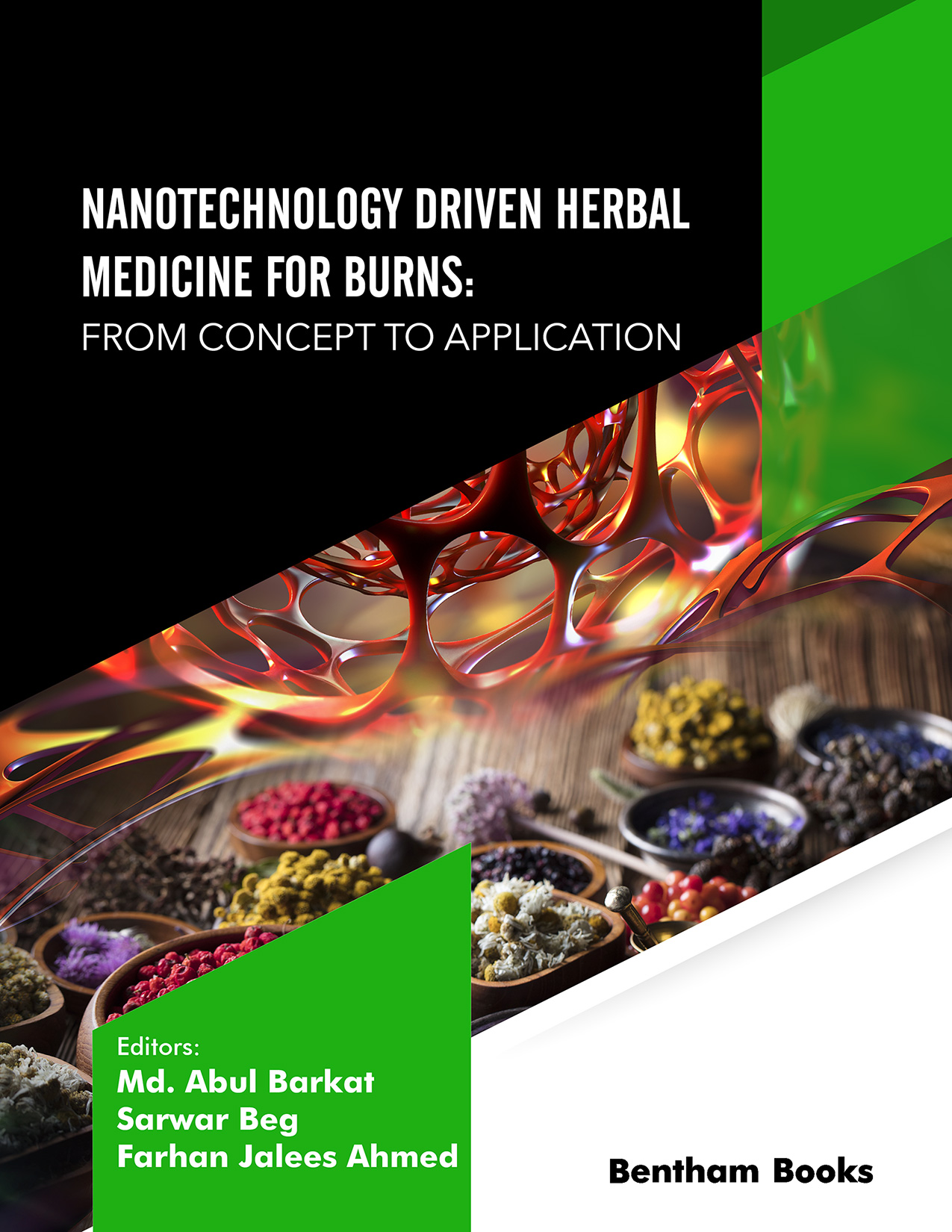Introduction
Burns can cause life-threatening injury and the lengthy hospitalization and rehabilitations required in burn therapy lead to higher healthcare costs. The risk of infection has also been one of the important concerns of burn wound management. The purpose of the burn wound care management is speedy wound healing and epithelization to limit the infection. The topical application of therapeutic agents is quintessential for the longevity of patients having significant burns.
In recent times, research on herbal medicine for burn wound management has been vastly increased because of their safer toxicological profiles in contrast to synthetic medicines. Despite the promising therapeutic potential of herbal medicines in this area, herbal medications have some limitations which include low pharmacological activity, solubility and stability. Nanotechnology-based smart drug delivery approaches which involve the use of small molecules as nanocarriers, however, can help to overcome these biopharmaceutical challenges.
This book provides an overview of plant-mediated metallic nanoparticulate systems and nanophytomedicine based therapeutic treatment modalities for burn wound lesions. Nine chapters deliver updated information about nanomedicines for burn wound therapy. Contributions are written by experts in nanomedicine and phytomedicine and collectively cover the pathophysiology of wound lesions, current and future outlook of nanomedicine based treatments for burn wound lesions, the role of biocompatible nanomaterials in burn wound management, plant-mediated synthesis of metal nanoparticles for treating burn wound sepsis, phytomedicine based nanoformulations and the phyto-informatics models involved in the wound healing process which are used to select appropriate nanotherapeutic agents.
This reference serves as an accessible source of information on the topic of nanomedicine for burn treatments for all healthcare professionals (medical doctors, nurses, students trainees) and researchers in allied fields (pharmacology, phytomedicine) who are interested in this area of medicine.
Audience: Medical doctors, nurses, post graduate medical and pharmacy students, academicians and industrial scientists working in the domain of nanomedicne based herbal formulation for burn wound management.

